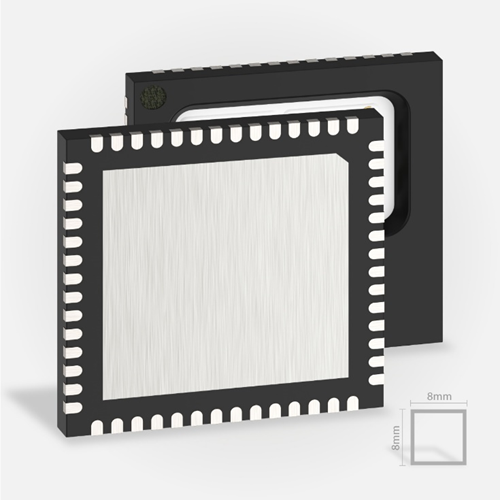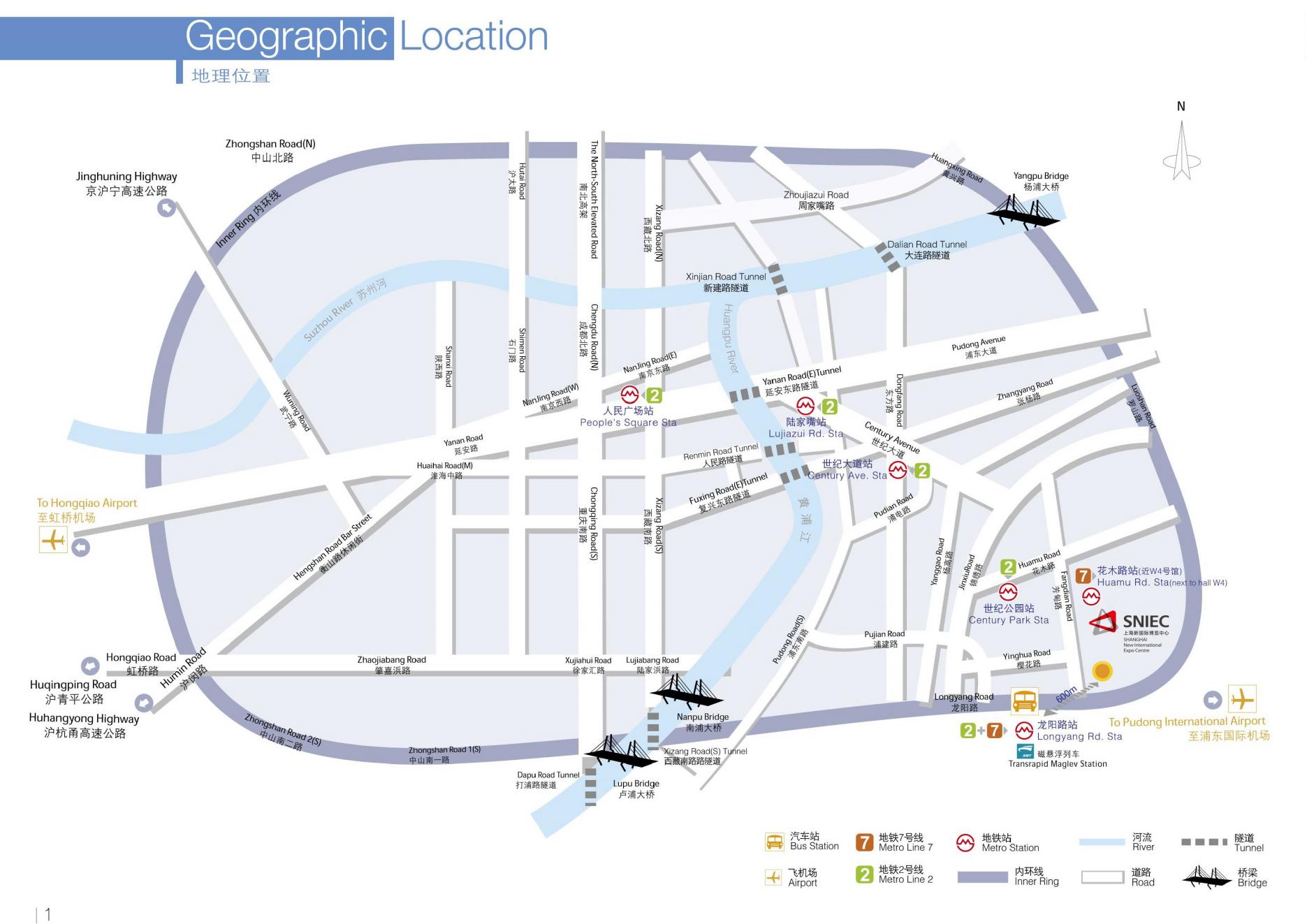Before delving into the applications of terahertz radar, let’s briefly compare such radars (taking 120GHz radar as an example) with 24GHz, 60GHz, and 77GHz radars.
Firstly, the 24GHz radar, with its lower radiation frequency, is suitable for measuring relatively dense media. It has a generally shorter range, typically below 30 meters, but offers high accuracy. Its electronic core modules exhibit strong interference resistance, making it suitable for operations in vibration or electromagnetic interference environments. Consequently, 24GHz radar finds widespread applications in solid material variations like cement, powder, coal ash, as well as liquid tank level measurements, security, and in-car Blind Spot Detection (BSD) applications.
Secondly, the 60GHz radar, with a higher radiation frequency, is suitable for measuring sparser media with smaller particle sizes. It boasts a longer range, approximately 100 meters, allowing for the measurement of deeper substances. Equipped with advanced digital signal processing and high-speed ADC technology, the 60GHz radar achieves higher accuracy, making it ideal for applications such as river/channel measurement, reservoirs, well depths, and material ranging. Currently, it is increasingly used in areas like human presence detection and motion sensing.
Next, the 77GHz radar operates at an even higher frequency. Its higher radiofrequency energy allows it to penetrate the absorption layers and reflection curves within the measured medium, ensuring measurement accuracy. Additionally, the 77GHz radar exhibits higher signal strength and stronger interference resistance, making it suitable for applications requiring higher standards, such as traffic, 4D imaging, barriers, and drones.
Lastly, the 120GHz radar, with its longer measurement distance and larger range (up to approximately 200 meters), excels at measuring deep wells and distant objects. Overcoming reflection issues in traditional radar measurements, the 120GHz radar enhances signal processing accuracy, resulting in more precise measurements and higher resolution.
In theory, the 120GHz radar can be widely used in various industrial, medical, and maintenance scenarios, such as high-precision level/liquid level measurement, collision prevention for production line robotic arms, high-precision positioning, depth measurement of liquid products in bottles, non-contact and infection-free vital sign detection in operating rooms, DNA analysis, and drone inspection sensors. However, its practical applications are currently limited, mainly focusing on measuring large tank liquid levels, depths, and irregularly shaped materials like cement, coal ash, peanuts, and soybeans.

Generally, the advantages of implementing radar systems in the terahertz frequency band include obtaining higher bandwidth for more precise distance resolution. Commercially available millimeter-wave radar chips primarily operate at 24, 60, and 77GHz, with bandwidths around 1, 4, and 5GHz, respectively. The theoretical distance resolution ranges from a few centimeters to over a dozen centimeters, suitable for scenes like in-car systems, intelligent transportation, smart buildings, and smart homes. However, in many industrial detection fields, their accuracy levels may not meet the requirements. Besides the mentioned scenarios, terahertz radar is also a promising exploration area in the biomedical field.
This article was originally published by Ulink Media, the organizer of IOTE EXPO (IoT Expo in China).
Join us next year in Shanghai, and let’s shape the future of technology together!
To register IOTE 2024 Shanghai station:

















